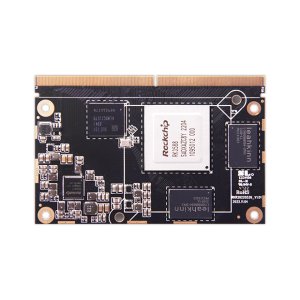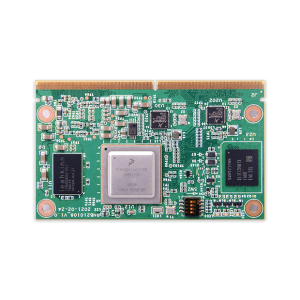Exploring the Benefits of Using Computer on Modules in Industrial Applications
Exploring the Benefits of Using Computer on Modules in Industrial Applications
Blog Article
Edge processing has surfaced as a revolutionary tendency in the tech market, permitting faster data handling and paid off latency by getting computational energy nearer to where information is created. A key creativity advancing that change is the rise of system on module which are lightweight, effective, and versatile research devices made to incorporate seamlessly in to personalized equipment systems.

The Role of Computer on Segments in Edge Computing
Computer on Adventures have grown to be fundamental in edge processing because of the capability to streamline electronics style while maintaining effective running capabilities. In accordance with a current record by MarketsandMarkets, the world wide edge processing market is projected to grow from $40.84 thousand in 2021 to $132.11 billion by 2026, with COMs enjoying a substantial position in that expansion.
These segments are specially impactful in industries requiring real-time data examination at the edge. Like, the transportation industry utilizes COMs in autonomous cars for real-time decision-making, while intelligent cities utilize them to handle methods like traffic movement and power distribution.
Small and Versatile Style
Among the standout traits of Computer on Modules is their small and modular design. This allows developers to integrate high-performance processing power into edge products without the need for extensive electronics redesign. A review by IoT Analytics discovered that 68% of businesses applying IoT options consider modular hardware like COMs critical for quick implementation and scalability.
COMs also support customizable options, creating them ideal for a wide selection of programs, from commercial automation to healthcare. Their capability to adapt to certain needs is really a operating power behind their usage in edge computing systems.
Power Performance and Efficiency
Side computing products often run in conditions with limited energy resources. COMs address this problem by providing enhanced power performance without reducing on computational strength. A examine by Allied Industry Research highlighted that energy-efficient edge computing solutions are anticipated to dominate the field through 2030, placing COMs as a critical component for achieving this goal.
Moreover, with advancements in processors and incorporated artwork, COMs today offer the efficiency required for AI-driven purposes at the edge. This not only increases real-time features but also reduces dependence on centralized cloud systems.
Why the Future Belongs to COMs
With international data generation projected to reach 175 zettabytes by 2025, edge computing is defined to are more integral than ever. Computer on Segments offer an versatile, energy-efficient, and scalable answer for handling that influx of data. Their relevance across diverse industries like healthcare, manufacturing, and telecommunications only underscores their pivotal position in surrounding the continuing future of edge computing.
COMs are no more only a technological trend; they're the backbone of next-generation edge systems operating advancement and efficiency over the globe. Since the demand for edge computing is growing, therefore will the significance and affect of COMs in that rapidly changing landscape. Therefore, it's safe to state that Computer on Modules are here to remain and may keep on surrounding the continuing future of side computing.

Realization
Side processing is transforming the way we process and use information, with Computer on Modules at the front of the revolution. Their small design, flexibility, power effectiveness, and performance cause them to become an ideal option for control real-time knowledge at the edge. As industries increasingly depend on edge computing for his or her operations, COMs will perform a crucial position in driving innovation and performance in these systems. Report this page